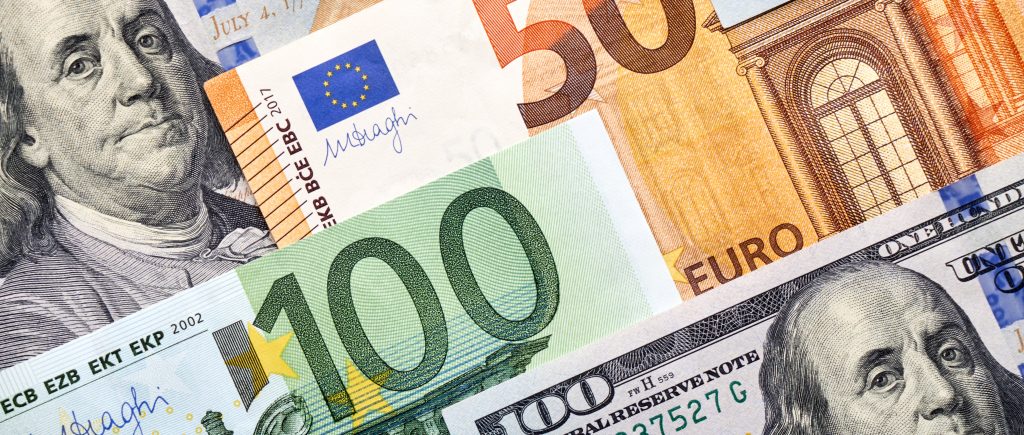Euro Faces Sharp Decline
On July 28, 2025, the euro slumped against the US dollar, with the EUR/USD pair dropping 1.3% to 1.1590 from its previous close of 1.1749. The currency hit a daily high of 1.1770 before falling to a low of 1.1585, reflecting market unease over a newly signed US-EU trade agreement. Investors fear the deal tilts heavily toward US interests, aligning with President Donald Trump’s “America First” trade agenda, potentially undermining European exporters and economic leverage. The euro’s slide signals broader concerns about the deal’s long-term implications for the European Union’s economy.
Trade Deal Fuels Market Jitters
The US-EU trade framework, finalized on July 27, 2025, has eased some transatlantic tensions but raised red flags in Europe. The agreement sets a 15% minimum tariff on US imports from the EU, a significant reduction from the threatened 30%, and lowers tariffs on European car imports to the US from 27.5% to 15%. Additionally, the US pledged to exempt aircraft, their components, and certain generic pharmaceuticals from duties. However, European leaders worry the deal favors American industries, with commitments for $750 billion in EU purchases of US energy and $600 billion in US investments potentially diverting capital from Europe. This imbalance has sparked a sell-off in the euro, as markets question the EU’s bargaining power.
European Criticism Highlights Risks
Criticism of the trade deal is mounting across Europe, with some leaders labeling it a concession to US dominance. French officials have voiced concerns that the agreement prioritizes American economic goals, potentially hiking costs for European consumers and exporters, particularly in automotive and pharmaceutical sectors. The deal’s final terms remain under negotiation, leaving room for disruptions if key issues, such as electronic components or other sensitive sectors, aren’t addressed. European Commission President Ursula von der Leyen noted that future US decisions on these sectors would be handled separately, adding to uncertainty. This lack of clarity continues to weigh on the euro, as investors brace for potential setbacks.
Dollar Gains as Trade Dynamics Shift
The trade deal has bolstered demand for the US dollar, contributing to the euro’s decline. The US Dollar Index (DXY) climbed to 98.64, a two-week high, reflecting the greenback’s strength amid improved market sentiment. The deal’s reduction of tariff threats has calmed fears of inflation spikes in the US, but unresolved talks with other partners like Canada and Mexico keep some uncertainty alive. Meanwhile, the Federal Reserve’s upcoming July 29-30 meeting, where rates are expected to hold at 4.25%-4.50%, adds to the dollar’s appeal, as investors anticipate steady US monetary policy compared to the European Central Bank’s more cautious stance.
What’s Next for the Euro?
The euro’s path forward hinges on the US-EU trade deal’s final terms and broader economic signals. Investors are eyeing upcoming US data, including GDP, jobs reports, and the Fed’s preferred inflation gauge, alongside ongoing US-China trade talks in Stockholm. If unresolved issues in the US-EU deal escalate, the euro could face further pressure, with EUR/USD risking a drop toward 1.1500. Conversely, clarity on sensitive sectors or a softer US dollar could stabilize the currency. For now, European markets remain on edge, with the euro caught in the crosshairs of trade uncertainties and dollar strength.

 Noor Trends News, Technical Analysis, Educational Tools and Recommendations
Noor Trends News, Technical Analysis, Educational Tools and Recommendations




